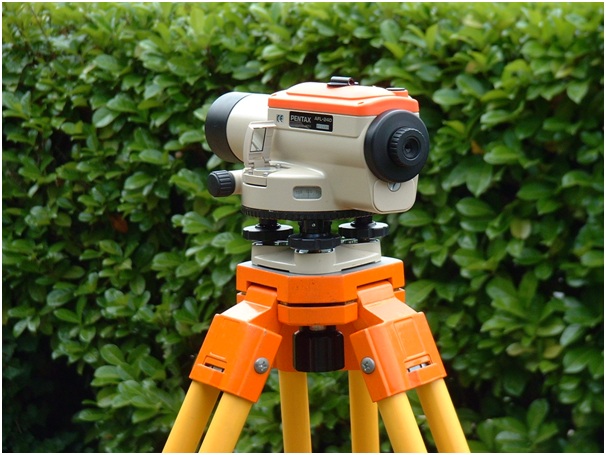Introduction
A dumpy level, also known as an automatic level or builder’s level, is a tool used to determine the elevation of landmasses. Though they may appear intimidating or confusing, dumpy levels are relatively simple to use once you understand how to set them up and what types of measurements they provide.
Dumpy levels are also known as builder levels, Y levels, and so on. Willian Gravatt invented it in 1832. The dumpy level’s operation establishes the relationship between two or more points on a horizontal surface using an inbuilt telescope and a bubble level. The primary advantage of using the Dumpy level over other leveling instruments is its greater accuracy. For most Tacheometric methods, a dumpy level is known for high precision values. A dumpy level’s accuracy can be as high as 1:4000 for every 100 meters.
Read More

